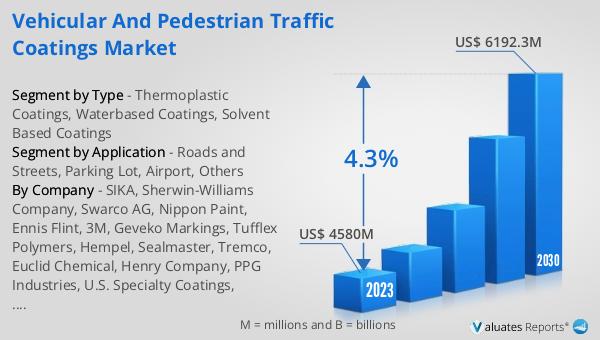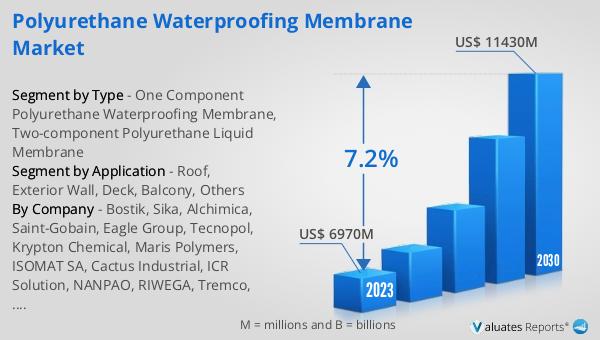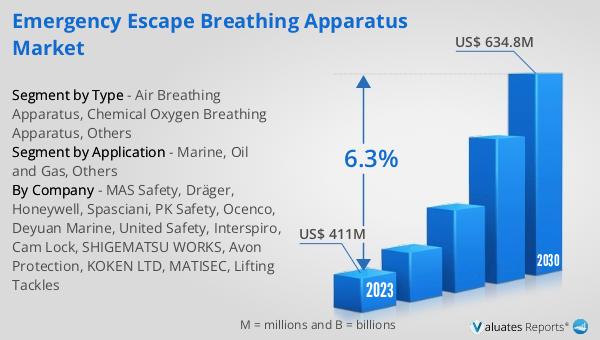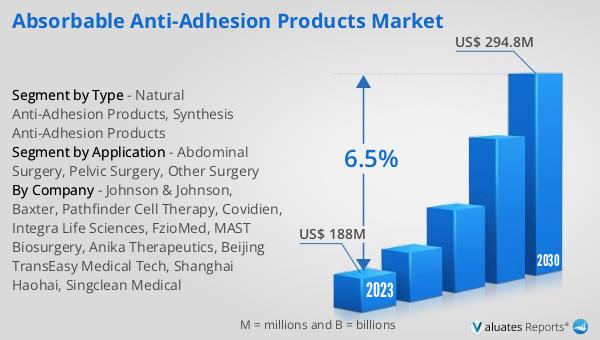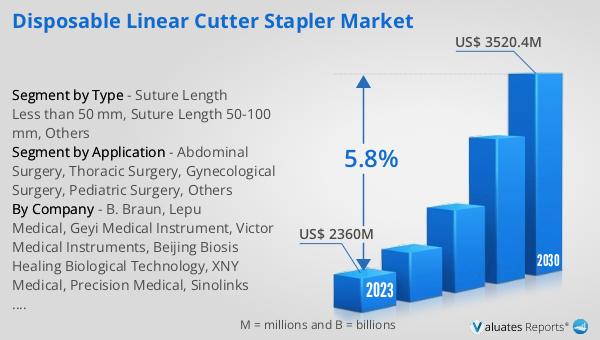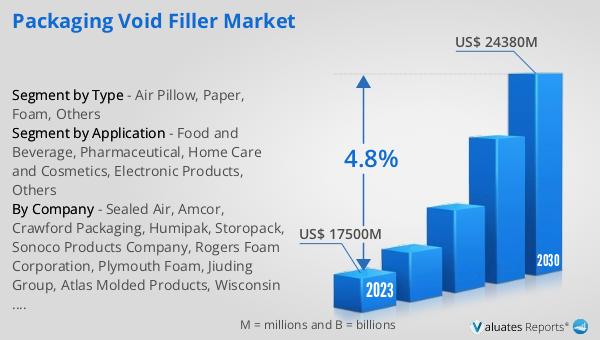What is Global Non-invasive Ultrasonic Flow Meter Market?
The Global Non-invasive Ultrasonic Flow Meter Market refers to the industry focused on the production and distribution of flow meters that use ultrasonic technology to measure the flow rate of liquids without needing to penetrate the pipe or container holding the liquid. These devices work by emitting ultrasonic sound waves and measuring the time it takes for these waves to travel through the fluid. The primary advantage of non-invasive ultrasonic flow meters is that they do not require any physical alteration or interruption of the flow system, making them ideal for applications where maintaining the integrity of the pipeline is crucial. These meters are widely used in various industries, including water and wastewater management, refining and petrochemicals, chemicals, power generation, and food and beverages, among others. The market for these devices is growing due to their accuracy, reliability, and the increasing demand for efficient flow measurement solutions in various industrial processes.
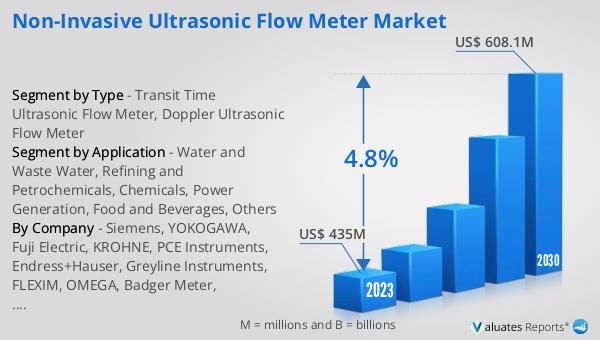
Transit Time Ultrasonic Flow Meter, Doppler Ultrasonic Flow Meter in the Global Non-invasive Ultrasonic Flow Meter Market:
Transit Time Ultrasonic Flow Meters and Doppler Ultrasonic Flow Meters are two primary types of non-invasive ultrasonic flow meters used in the global market. Transit Time Ultrasonic Flow Meters operate by sending ultrasonic signals from one transducer to another, both upstream and downstream. The time difference between the signals traveling with the flow and against the flow is measured to calculate the flow rate. These meters are highly accurate and are typically used in applications where the fluid is clean or has minimal particulates. On the other hand, Doppler Ultrasonic Flow Meters work on the principle of the Doppler effect. They emit ultrasonic waves into the fluid, which then reflect off particles or bubbles within the fluid. The frequency shift between the emitted and reflected waves is used to determine the flow rate. Doppler meters are particularly useful in applications where the fluid contains suspended solids or bubbles, making them ideal for wastewater and slurry measurements. Both types of meters offer non-invasive measurement, which means they can be installed without cutting into the pipe, thus avoiding any potential contamination or pressure drop. This feature makes them highly desirable in industries where maintaining the integrity of the pipeline is essential. The choice between Transit Time and Doppler meters depends on the specific application requirements, such as the type of fluid being measured and the desired level of accuracy.
Water and Waste Water, Refining and Petrochemicals, Chemicals, Power Generation, Food and Beverages, Others in the Global Non-invasive Ultrasonic Flow Meter Market:
The Global Non-invasive Ultrasonic Flow Meter Market finds extensive usage across various sectors, including Water and Wastewater, Refining and Petrochemicals, Chemicals, Power Generation, Food and Beverages, and others. In the Water and Wastewater sector, these flow meters are crucial for monitoring and managing water distribution systems, detecting leaks, and ensuring efficient wastewater treatment processes. Their non-invasive nature allows for easy installation and maintenance without disrupting the flow. In the Refining and Petrochemicals industry, ultrasonic flow meters are used to measure the flow of various hydrocarbons and chemicals. Their ability to provide accurate measurements without coming into contact with the fluid makes them ideal for handling hazardous or corrosive substances. In the Chemicals sector, these meters help in monitoring the flow of different chemical solutions, ensuring precise control over the production processes. The Power Generation industry uses ultrasonic flow meters to measure the flow of cooling water, feedwater, and other fluids essential for power plant operations. Their reliability and accuracy are critical for maintaining the efficiency and safety of power generation systems. In the Food and Beverages industry, non-invasive ultrasonic flow meters are used to measure the flow of liquids such as milk, juices, and other beverages. Their hygienic design and non-contact measurement make them suitable for applications where cleanliness and sanitation are paramount. Other industries that benefit from these flow meters include pharmaceuticals, pulp and paper, and HVAC systems, where accurate flow measurement is essential for process optimization and energy management.
Global Non-invasive Ultrasonic Flow Meter Market Outlook:
The global market for Non-invasive Ultrasonic Flow Meters was valued at approximately $435 million in 2023. Projections indicate that this market is expected to grow significantly, reaching around $608.1 million by the year 2030. This growth is anticipated to occur at a compound annual growth rate (CAGR) of 4.8% during the forecast period from 2024 to 2030. This upward trend reflects the increasing demand for accurate and reliable flow measurement solutions across various industries. The non-invasive nature of these flow meters, combined with their ability to provide precise measurements without disrupting the flow system, makes them highly desirable in applications where maintaining the integrity of the pipeline is crucial. The market's growth is driven by the need for efficient and cost-effective flow measurement technologies that can handle a wide range of fluids and operating conditions. As industries continue to seek ways to optimize their processes and improve operational efficiency, the demand for non-invasive ultrasonic flow meters is expected to rise, contributing to the market's overall expansion.
| Report Metric | Details |
| Report Name | Non-invasive Ultrasonic Flow Meter Market |
| Accounted market size in 2023 | US$ 435 million |
| Forecasted market size in 2030 | US$ 608.1 million |
| CAGR | 4.8% |
| Base Year | 2023 |
| Forecasted years | 2024 - 2030 |
| Segment by Type |
|
| Segment by Application |
|
| Production by Region |
|
| Consumption by Region |
|
| By Company | Siemens, YOKOGAWA, Fuji Electric, KROHNE, PCE Instruments, Endress+Hauser, Greyline Instruments, FLEXIM, OMEGA, Badger Meter, Prominent, Cubic Sensor and Instrument, EXAIR Corporation, Energoflow AG, AW-Lake |
| Forecast units | USD million in value |
| Report coverage | Revenue and volume forecast, company share, competitive landscape, growth factors and trends |
